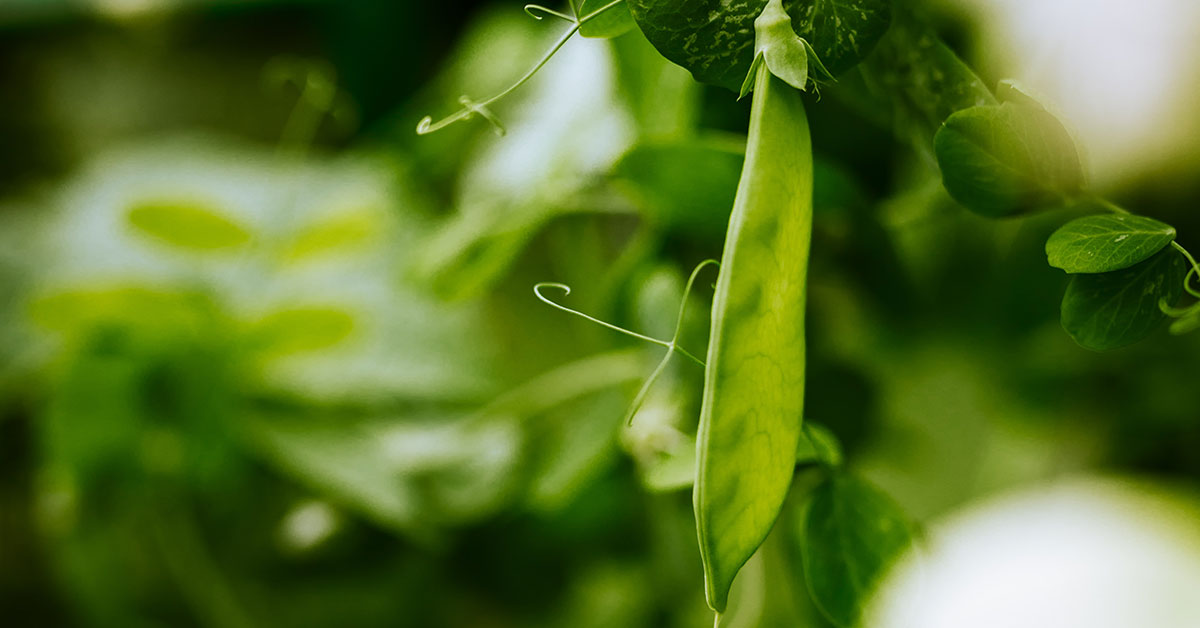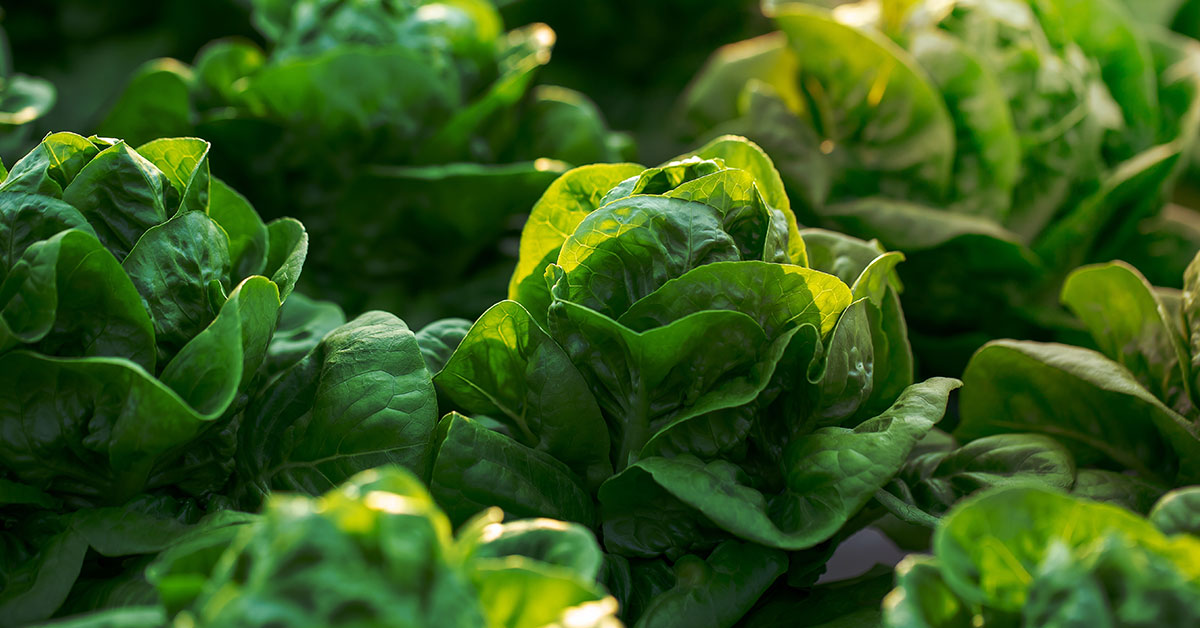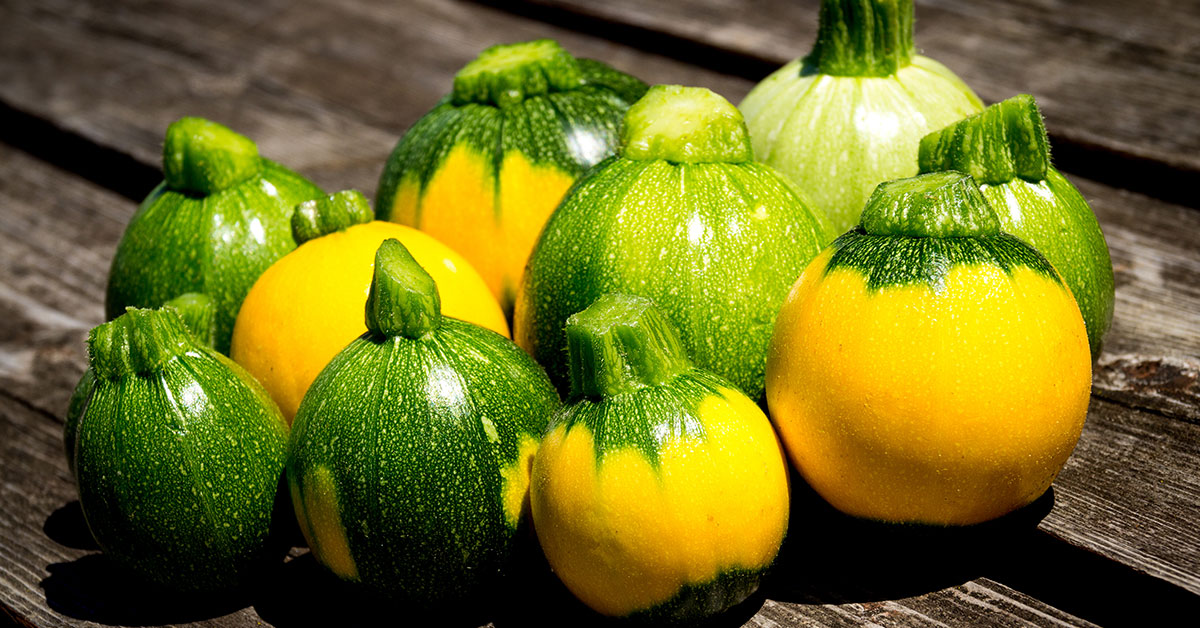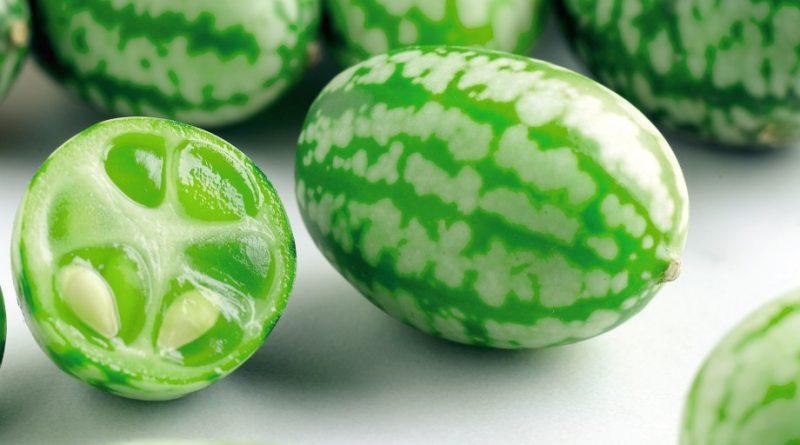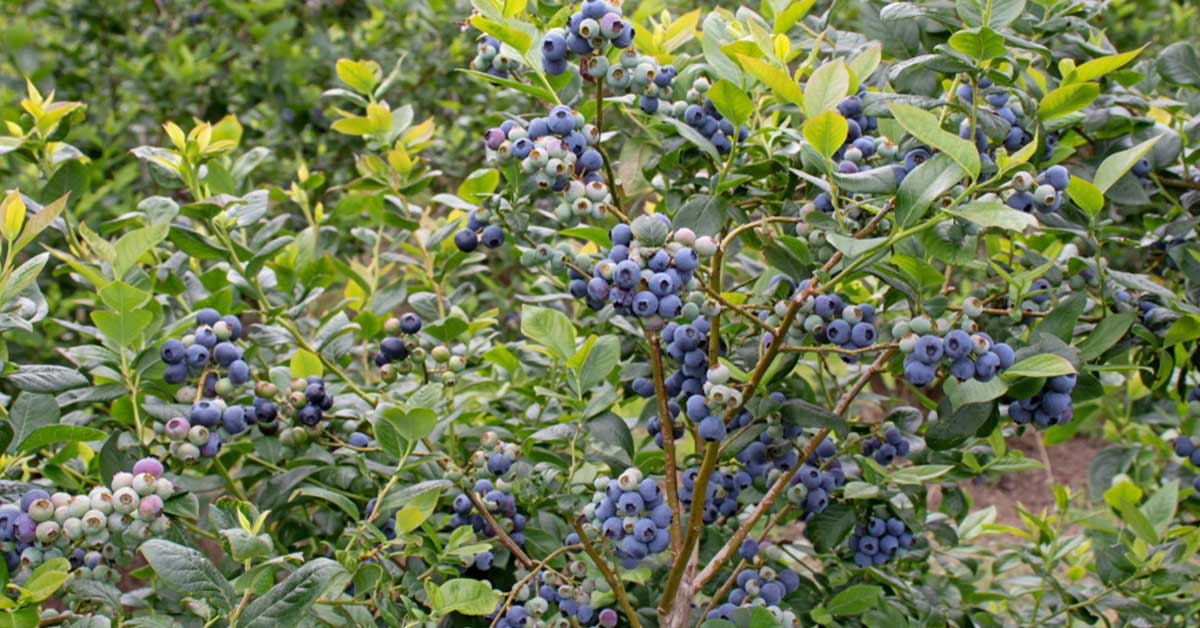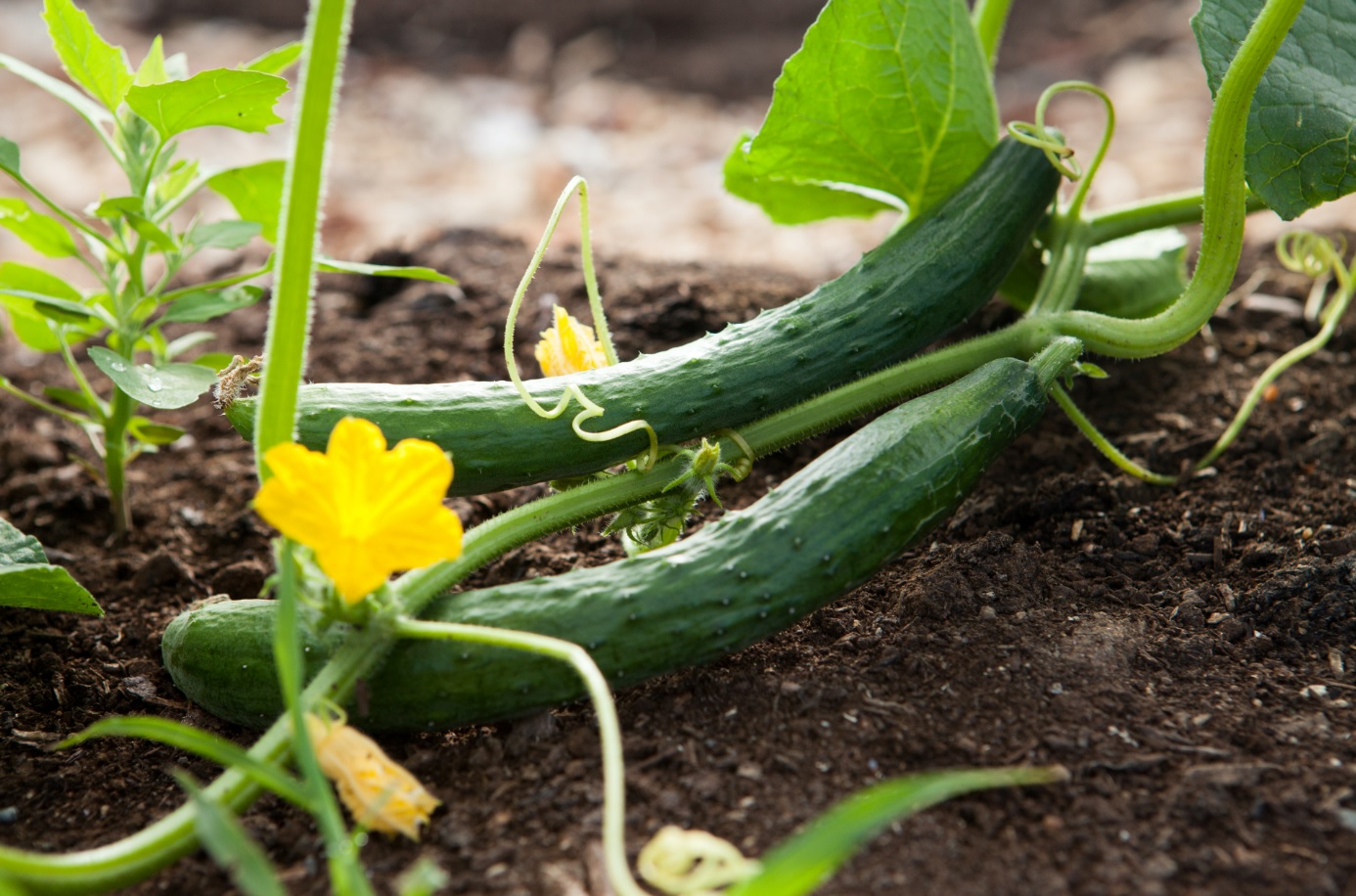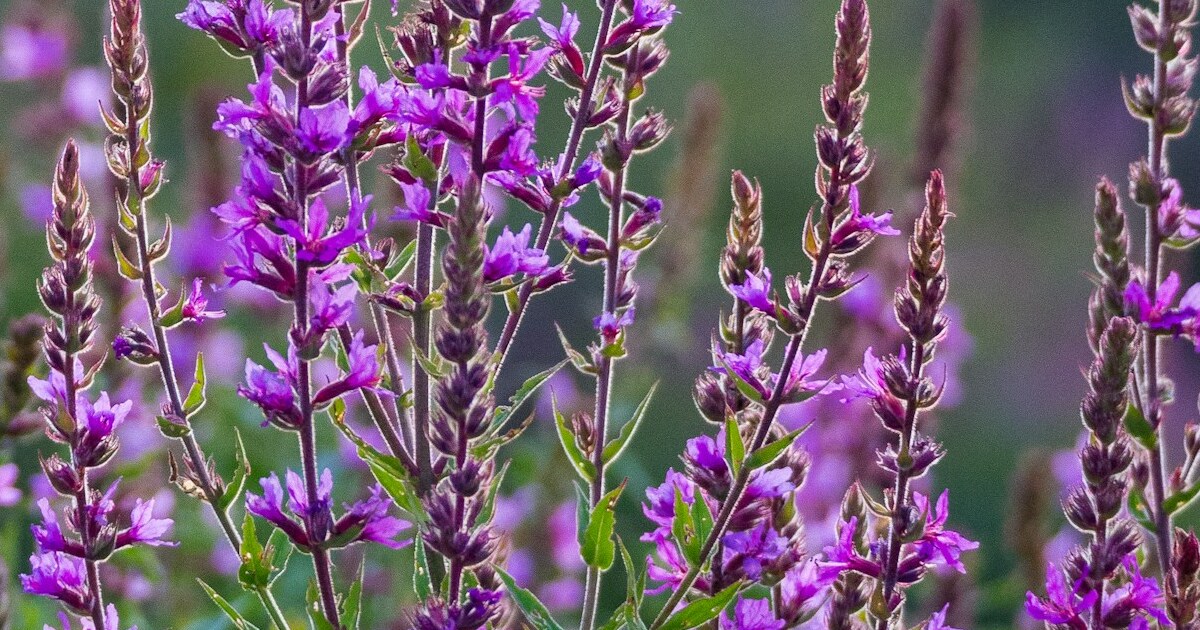Celery, a versatile and nutritious vegetable, has gained popularity among home gardeners due to its crisp texture and distinct flavor. However, cultivating celery can be a challenging task, requiring careful attention to its specific nutritional needs. One crucial aspect of successful celery cultivation is choosing the right fertilizer. The right blend of nutrients can significantly impact the plant’s growth, yield, and overall health. In this article, we will explore the best fertilizer for celery, considering the plant’s unique requirements and providing insights into the most effective products available.
Whether you are a seasoned gardener or a beginner, this guide will help you optimize your celery’s growth and ensure a bountiful harvest.
Does celery need to be fertilized?
Yes, celery plants do require fertilization for optimal growth. Fertilizing celery plants helps provide essential nutrients that are necessary for healthy plant development and high-quality yields. Celery is a heavy feeder, meaning it requires a nutrient-rich soil to thrive. Fertilizing celery plants can help ensure they receive an adequate supply of nutrients throughout their growth cycle.
It is recommended to use a balanced fertilizer with equal amounts of nitrogen (N), phosphorus (P), and potassium (K), such as a 10-10-10 or 14-14-14 formulation. Additionally, incorporating organic matter, such as compost or well-rotted manure, into the soil before planting can also help improve nutrient availability for celery plants. Regularly monitoring the plant’s growth and adjusting the fertilizer application accordingly will help maintain optimal nutrient levels and promote healthy celery growth.
The best fertilizer for celery
The best fertilizer for growing celery is one that is high in nitrogen, as celery is a heavy feeder and requires a lot of nutrients to grow well. A balanced fertilizer with a ratio of 10-10-10 or 14-14-14 is a good choice. Additionally, incorporating organic matter such as compost or well-rotted manure into the soil before planting can provide a slow-release source of nutrients for the celery plants. It’s important to follow the instructions on the fertilizer packaging and apply it according to the recommended rates to avoid over-fertilization, which can lead to nutrient burn or other issues.
When to fertilize celery
The ideal time to fertilize celery plants is before planting and during the growing season. Before planting, incorporate well-rotted compost or organic matter into the soil to improve its fertility and structure. This will provide a good foundation for the plants to grow.
During the growing season, celery plants benefit from regular fertilization. Start by applying a balanced fertilizer, such as a 10-10-10 or 14-14-14, when the plants are about 4-6 inches tall. Apply the fertilizer according to the package instructions, usually at a rate of 1-2 pounds per 100 square feet.
After the initial application, continue to fertilize every 4-6 weeks throughout the growing season. You can switch to a fertilizer higher in nitrogen, such as a 20-10-10 or 24-8-16, to promote leafy growth. Again, follow the package instructions for application rates.
It’s important to note that celery plants have shallow roots, so it’s best to apply fertilizers in a band around the plants rather than directly on the foliage or near the stems. Water the plants after fertilizing to help the nutrients reach the root zone.
Always monitor the plants for any signs of nutrient deficiencies or excesses, and adjust your fertilization schedule accordingly.
Common issues with fertilizing celery
When fertilizing celery, there are a few common issues or problems that can arise:
- Over-fertilization: Applying too much fertilizer can lead to excessive nutrient uptake, causing the plant to grow too quickly and become weak and prone to diseases. It may also result in excessive leaf growth at the expense of root development.
- Under-fertilization: Insufficient nutrients can stunt the growth of celery plants and lead to nutrient deficiencies. This can result in yellowing leaves, poor root development, and reduced overall plant vigor.
- Imbalanced nutrient ratios: Celery requires a balanced supply of nutrients, especially nitrogen (N), phosphorus (P), and potassium (K). An imbalance in these ratios can lead to various issues. For example, excessive nitrogen can result in excessive foliage growth but reduced root development, while insufficient potassium can lead to weak stalks and increased susceptibility to diseases.
- Incorrect timing of fertilization: Timing is crucial when fertilizing celery. Applying fertilizer too early or too late in the growing season can have negative effects. For instance, applying excessive nitrogen early in the season can lead to excessive leaf growth and delayed stalk development.
- Inadequate soil preparation: Before fertilizing celery, it’s important to ensure that the soil is well-prepared. Poor soil structure, inadequate drainage, or improper pH levels can hinder nutrient uptake, even if fertilizers are applied correctly.
To avoid these problems, it’s essential to follow proper fertilization practices. Conduct a soil test to determine the nutrient levels and pH of the soil, and choose a fertilizer specifically formulated for celery or leafy vegetables. Follow the recommended application rates and timing instructions on the fertilizer package. Additionally, consider using organic fertilizers or compost to provide a slow-release source of nutrients and improve soil health. Regular monitoring of plant growth and health will help identify any issues early on and allow for timely corrective measures.


